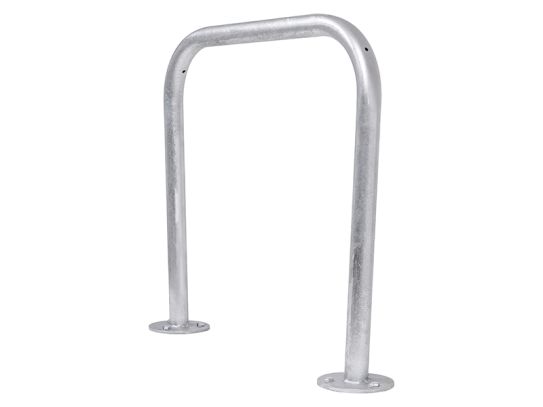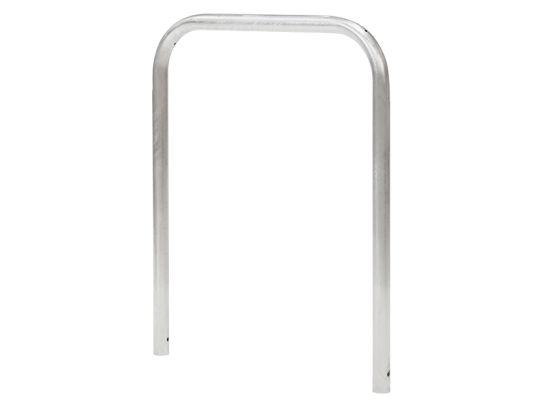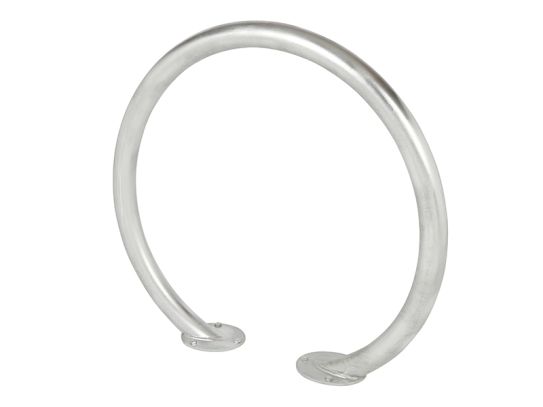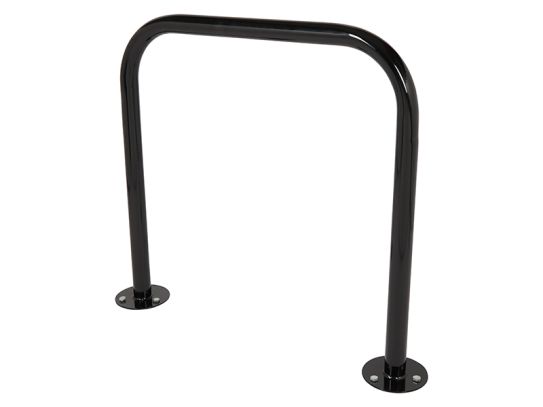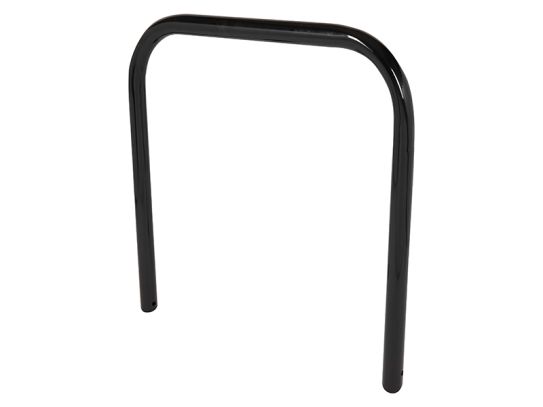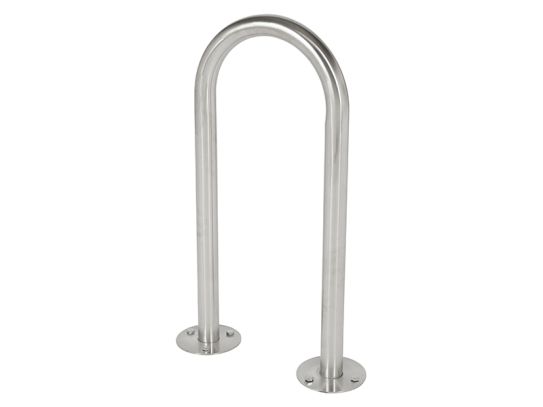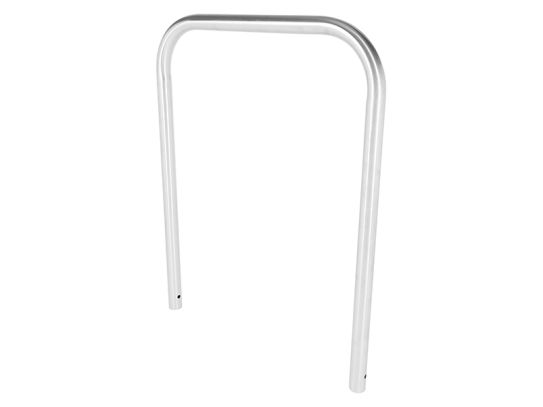Bike Racks & Bike Shelters
Safe and Secure Storage for Your Bike
Looking for a secure and reliable way to store your bike? Then look no further! Our range of metal bike racks, hoop stands, shelters, and canopies offer the perfect solution for any cyclist.
With our sturdy metal construction, you can trust that your bike will be safe and secure plus, our sleek designs add a modern touch to any environment.
Our bike racks and hoop stands are the perfect solution for those looking to park their bike outside their home or office. They are easy to install and offer a convenient way to keep your bike accessible at all times.
For added protection, our bike shelters and canopies provide a covered space for your bike. This is ideal for those who live in areas with unpredictable weather or for those who simply want added peace of mind.
What Are Bike Racks & Shelters?
Bike racks and bike shelters are structures that are designed to hold and store bicycles. Bike racks are typically small, freestanding structures that are used to hold one or two bicycles. They are typically made of metal and are often found outside of buildings, such as homes, offices, and businesses.
Bike shelters, on the other hand, are larger structures that are designed to hold multiple bicycles. They are often covered, providing a protected space for bicycles to be stored. Bike shelters can be freestanding or attached to a building, and are often found in areas with high bicycle usage, such as parks, schools, and transit hubs.
Both bike racks and shelters serve the same basic purpose: to provide a secure and convenient place to store bicycles. They can help to reduce bicycle theft and make it easier for people to use their bicycles as a means of transportation.
What Are Some Common Uses for Bike Racks & Shelters?
Bike racks and shelters are commonly used in a variety of settings, including:
- Outside of homes and apartment buildings, to provide a convenient and secure place for residents to store their bicycles
- At offices and businesses, to encourage employees to ride their bikes to work and reduce the number of cars on the road
- At schools, to provide a safe and secure place for students to store their bikes during the school day
- At parks and recreation areas, to encourage people to ride their bikes to the park and explore the local area
- At transit hubs, such as train stations and bus terminals, to provide a convenient place for people to park their bikes while they are using public transportation
- In urban areas, to help reduce bicycle congestion and improve the flow of traffic on city streets
Bike racks and shelters are an important part of making cities and communities more bicycle-friendly. They provide a secure and convenient way for people to store their bikes, which can help to promote cycling as a viable mode of transportation.
What Are the Different Types of Bike Racks & Shelters?
There are several different types of bike racks and shelters, including:
- Freestanding bike racks: These are standalone structures that are placed on the ground and are typically used to hold one or two bicycles. They are often made of metal and are easy to install.
- Wall-mounted bike racks: These are racks that are mounted to a wall or other vertical surface, and are typically used to hold one or two bicycles. They are a good option for those who have limited space and need a compact solution for storing their bikes.
- Bike hoop stands: These are metal stands that are shaped like a hoop, and are used to hold one or two bicycles. They are easy to install and are a popular choice for those who want a simple and elegant solution for storing their bikes.
- Bike shelters: These are larger structures that are designed to hold multiple bicycles. They are often covered, providing a protected space for bicycles to be stored. Bike shelters can be freestanding or attached to a building, and are often found in areas with high bicycle usage.
- Bike lockers: These are small, enclosed structures that are designed to hold one bicycle. They are often found in transit hubs, such as train stations and bus terminals, and provide a secure and protected space for people to store their bikes.
There are many different types of bike racks and shelters available, and the best option will depend on your specific needs and the space you have available.
Are Bike Racks & Shelters Easy to Install?
In general, bike racks and shelters are relatively easy to install. Most bike racks are freestanding structures that can be placed on the ground and do not require any special tools or installation skills. Wall-mounted bike racks and hoop stands may require some basic installation skills, such as drilling holes and using screws, but they are typically still fairly easy to install.
Bike shelters are generally larger structures that may require more extensive installation. Some bike shelters are freestanding and can be easily installed on any flat surface, while others may need to be attached to a building or other structure. In some cases, installation of a bike shelter may require the use of specialised tools and expertise, so it may be best to consult with a professional if you are unsure about how to install one.
The level of difficulty involved in installing a bike rack or bike shelter will vary depending on the specific type and design of the rack or shelter you choose. It's always a good idea to carefully read the installation instructions and consult with a professional if you have any doubts or concerns.
What Are Some Best Practices for Using and Maintaining Bike Racks & Shelters?
Here are some best practices for using and maintaining bike racks and shelters:
- Always use a lock when storing your bike in a bike rack or bike shelter. This will help to prevent theft and keep your bike safe.
- Be sure to secure your bike properly in the bike rack or bike shelter. Make sure the wheels are locked in place and the frame is securely attached to the rack or shelter.
- If you are using a bike shelter, be sure to park your bike in an organised manner to maximise the space and make it easier for others to find a spot to park their bikes.
- Regularly check your bike for any signs of damage or wear, and make any necessary repairs or adjustments.
- If you are using a bike shelter, keep the area clean and free of debris. This will help to prevent accidents and ensure that the shelter is a safe and pleasant place to store your bike.
- If you notice any problems with the bike rack or bike shelter, such as damage or vandalism, be sure to report it to the appropriate authorities or property management company.
Following these best practices can help to ensure that you get the most out of your bike rack or bike shelter and keep your bike safe and secure.
Are There Any UK or European Industry Standards That Apply to Bike Racks & Shelters?
In the UK, bike racks and bike shelters are subject to the same general safety and construction regulations that apply to other types of structures. These regulations are established by the UK Government and are intended to ensure that all buildings and structures are safe and fit for their intended use.
There are no specific industry standards or regulations that apply specifically to bike racks and shelters in the UK. However, the British Standards Institution (BSI) does have a standard for bike storage facilities, which provides guidelines for the design, construction, and installation of bike storage facilities, including bike racks and shelters.
In Europe, there are no specific industry standards or regulations that apply to bike racks and shelters. However, the European Committee for Standardisation (CEN) does have a standard for bike storage facilities, which provides guidelines for the design, construction, and installation of bike storage facilities, including bike racks and shelters.
